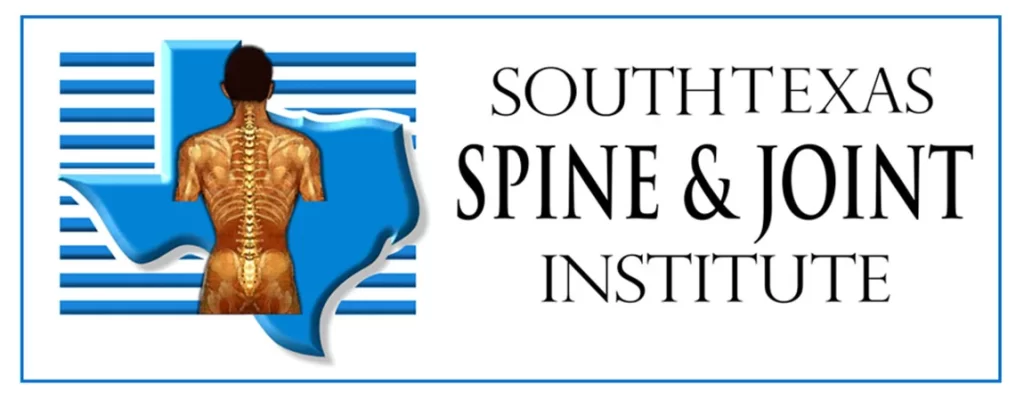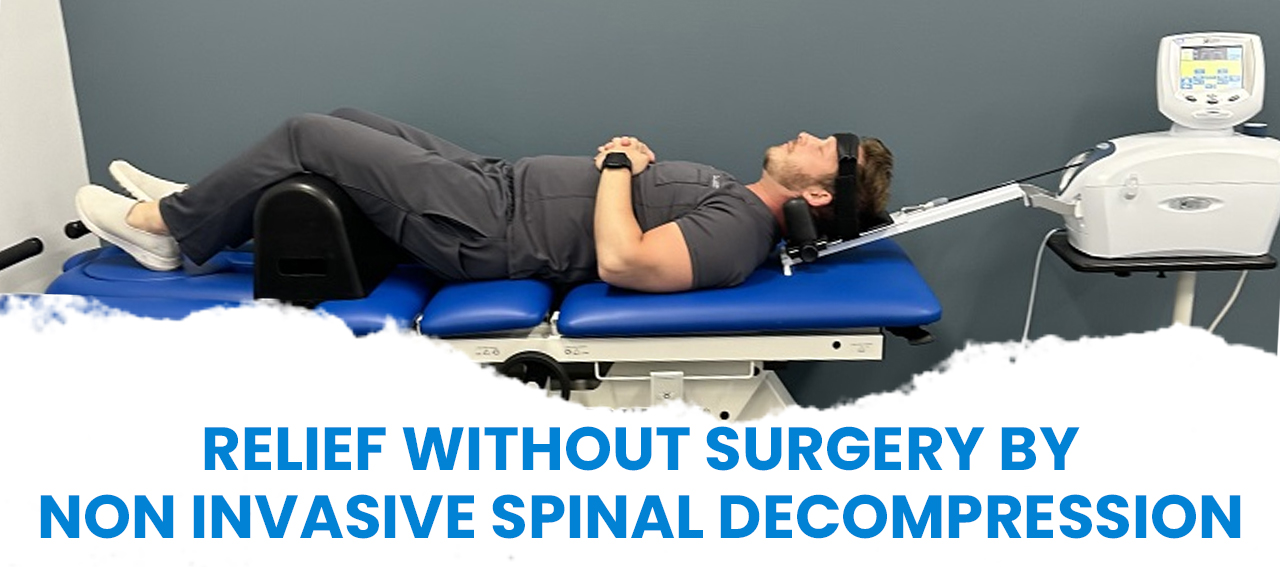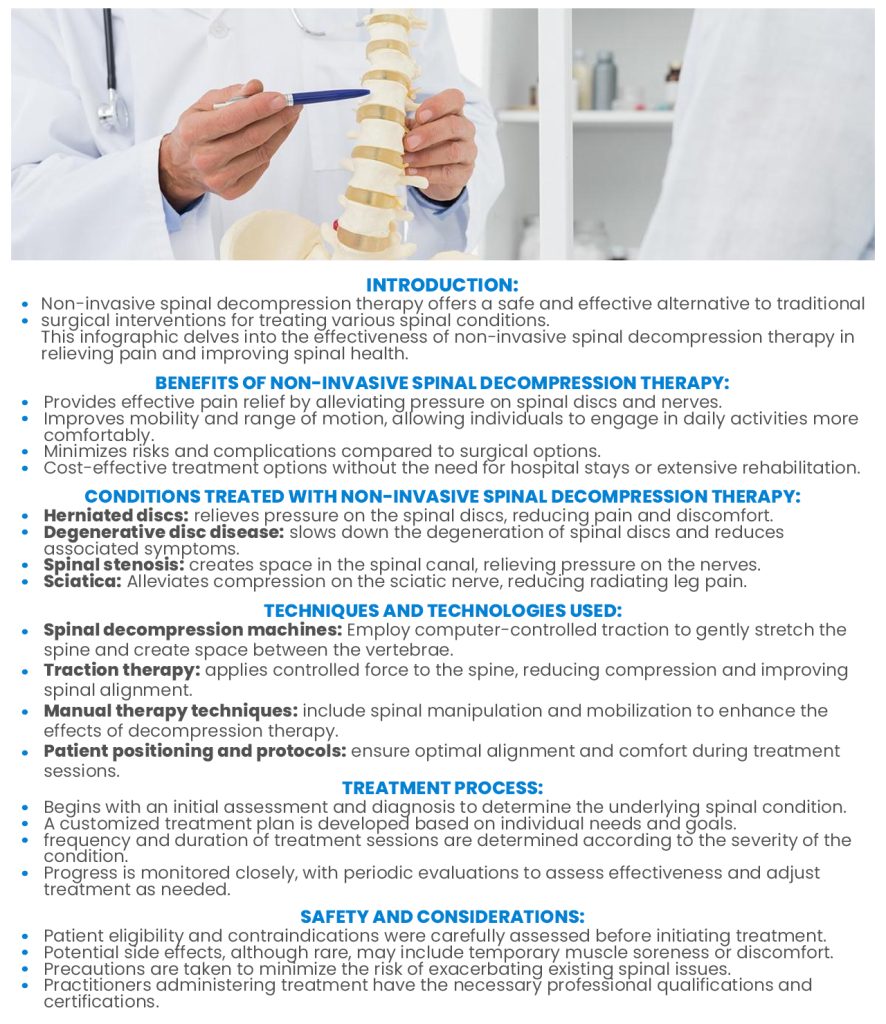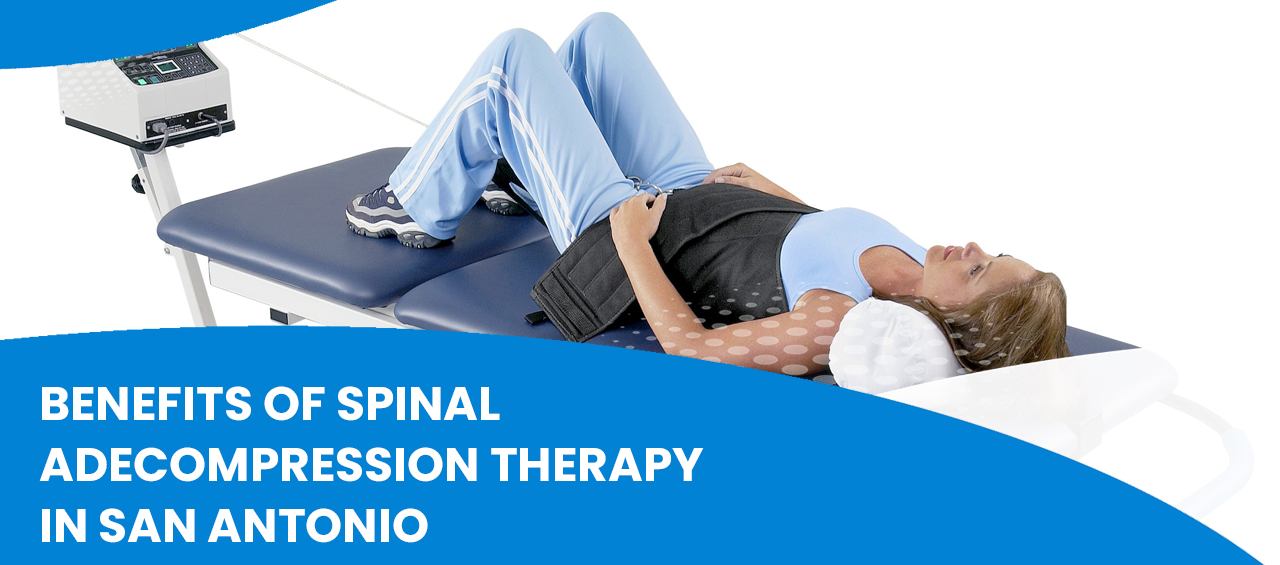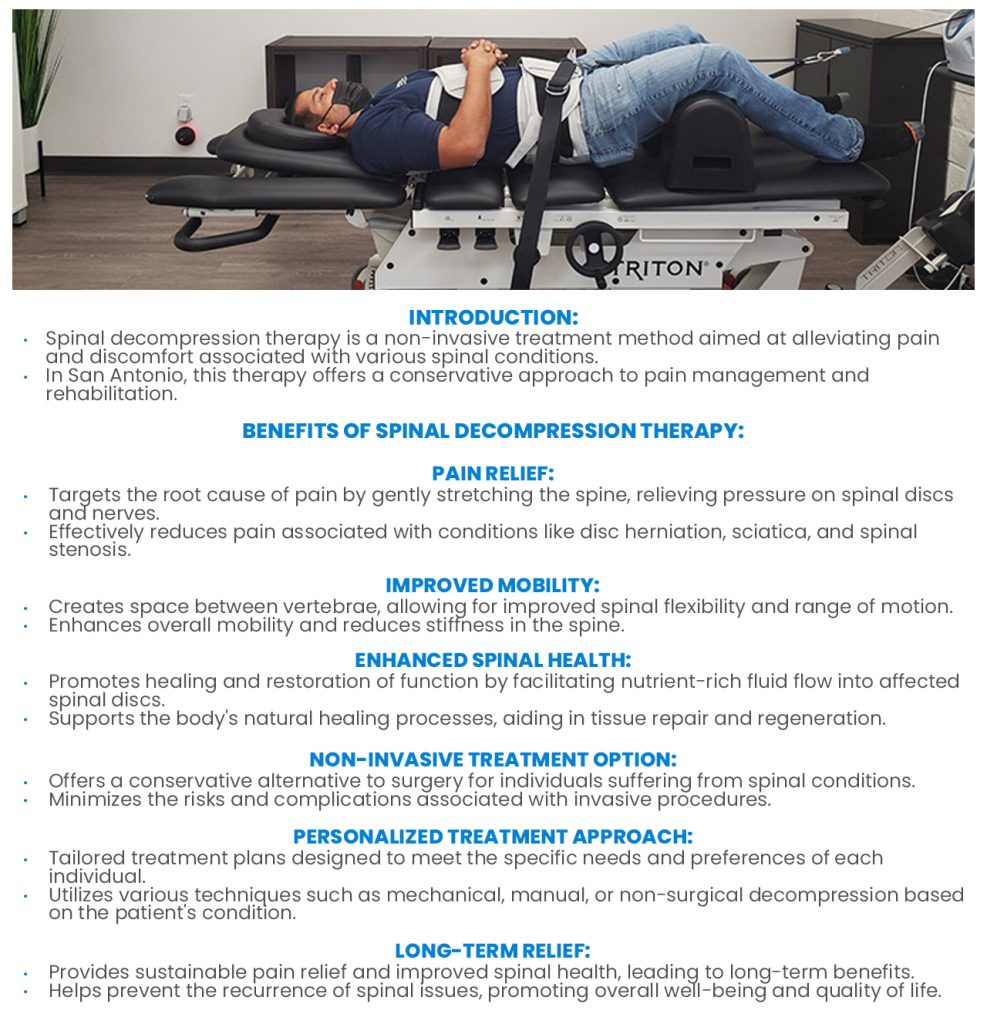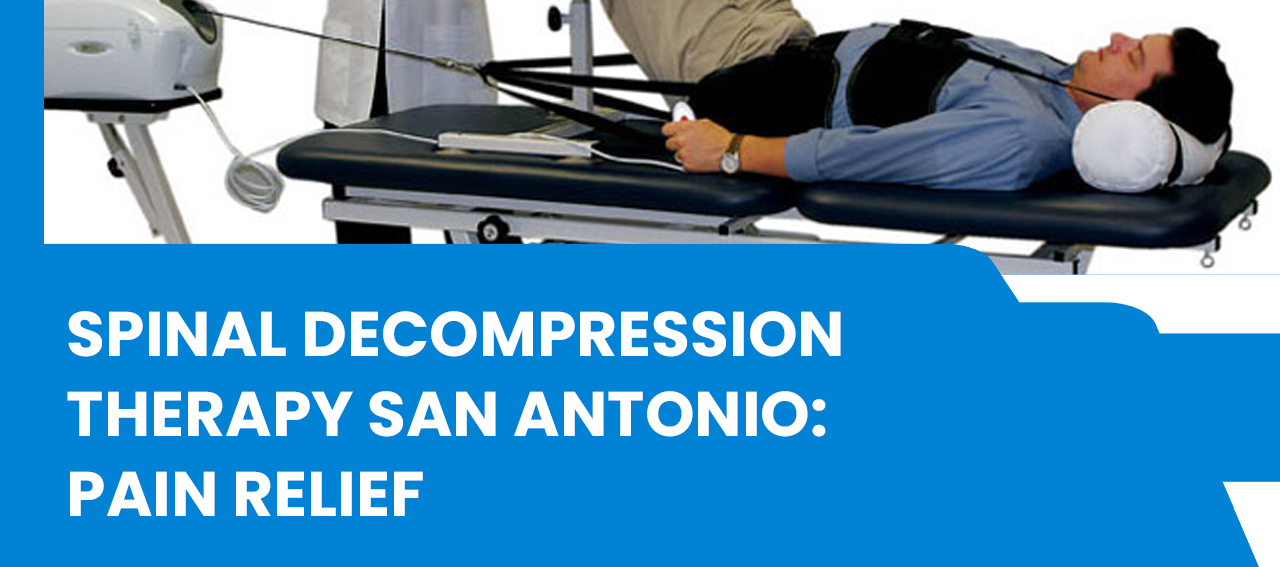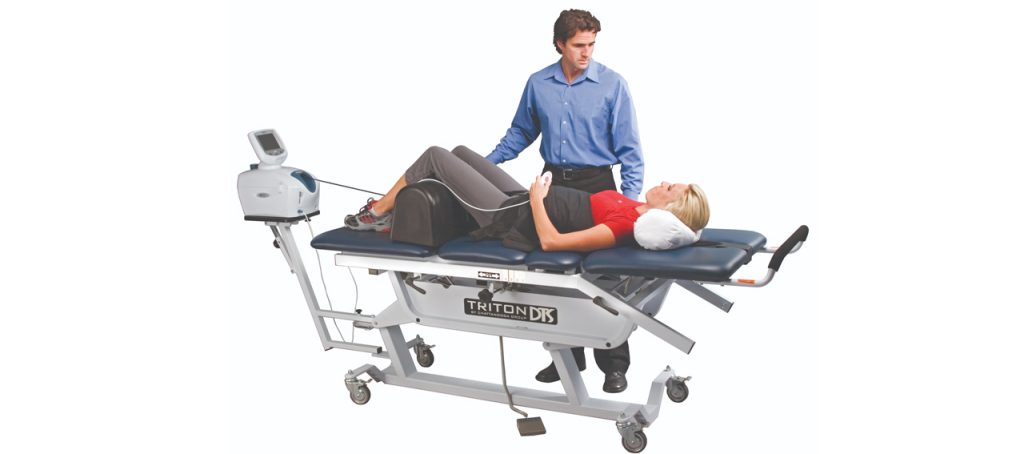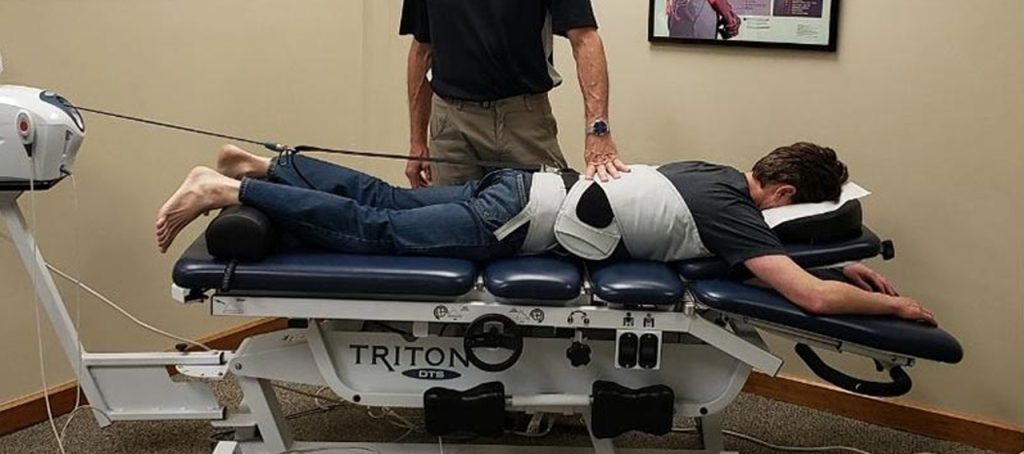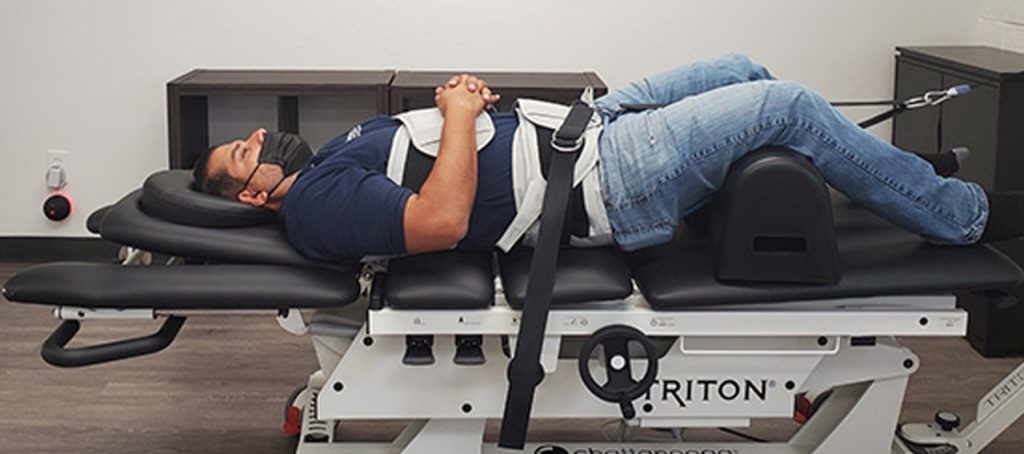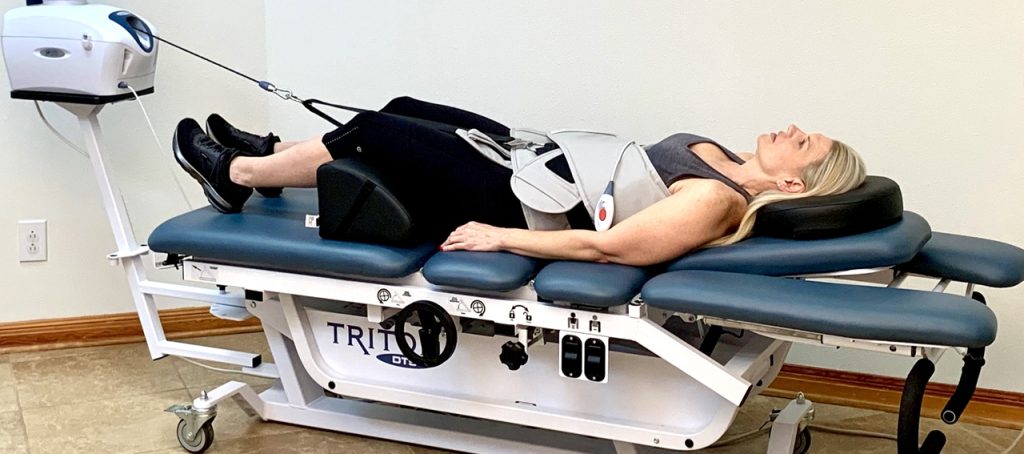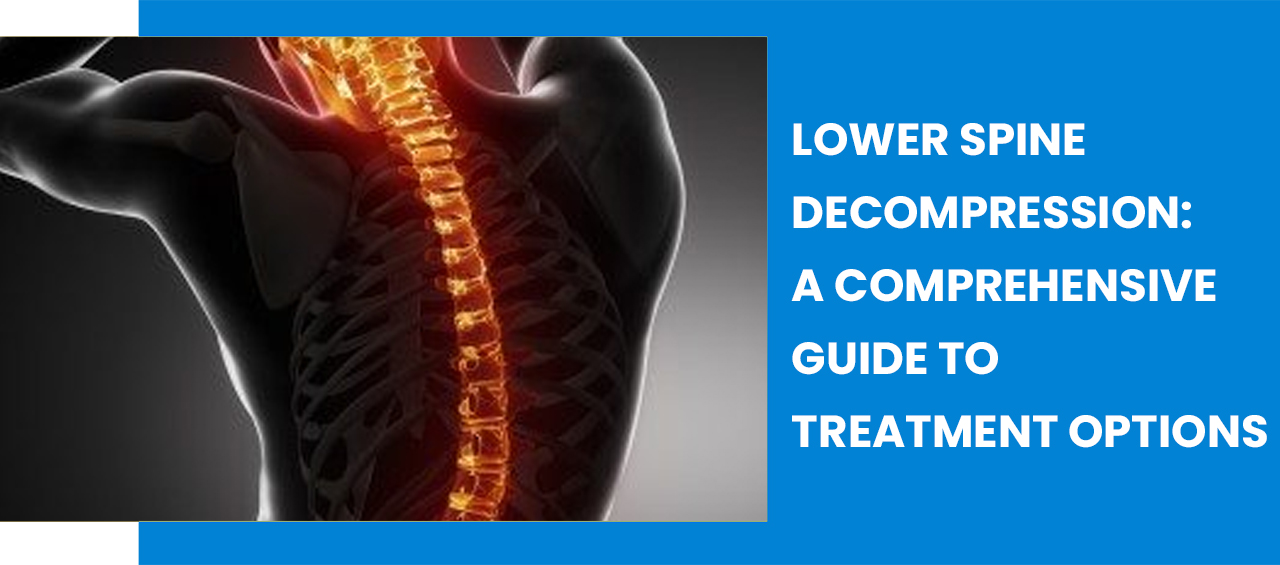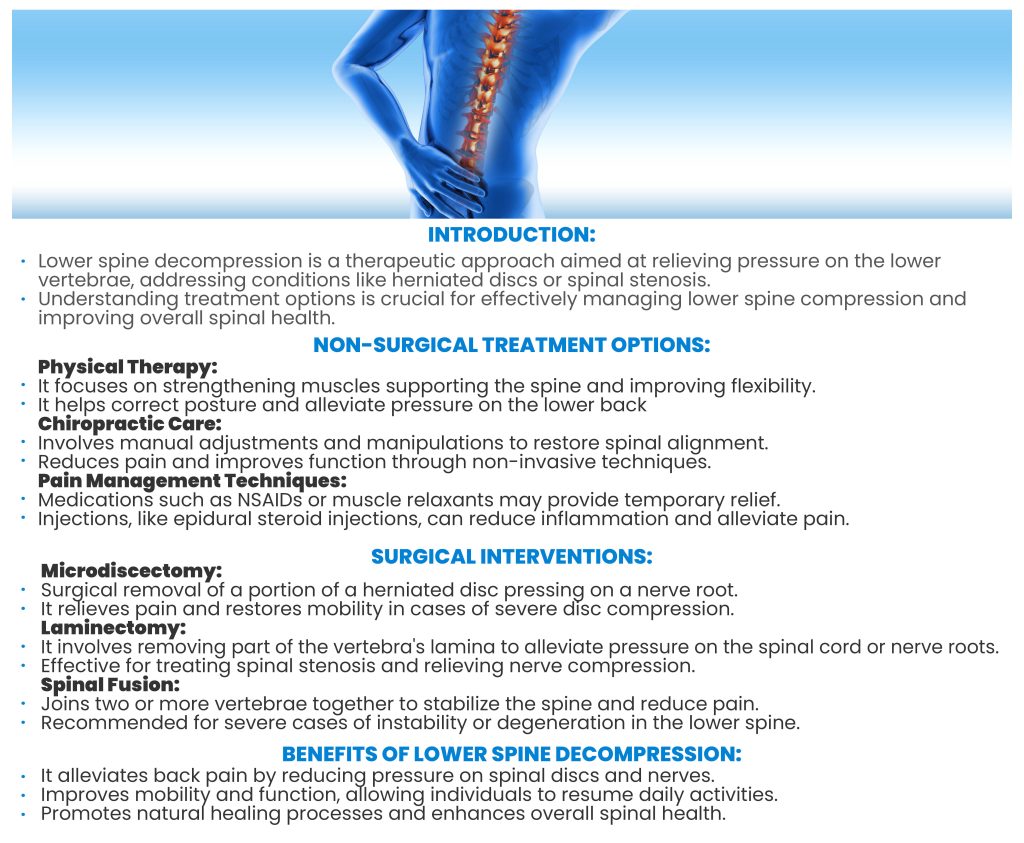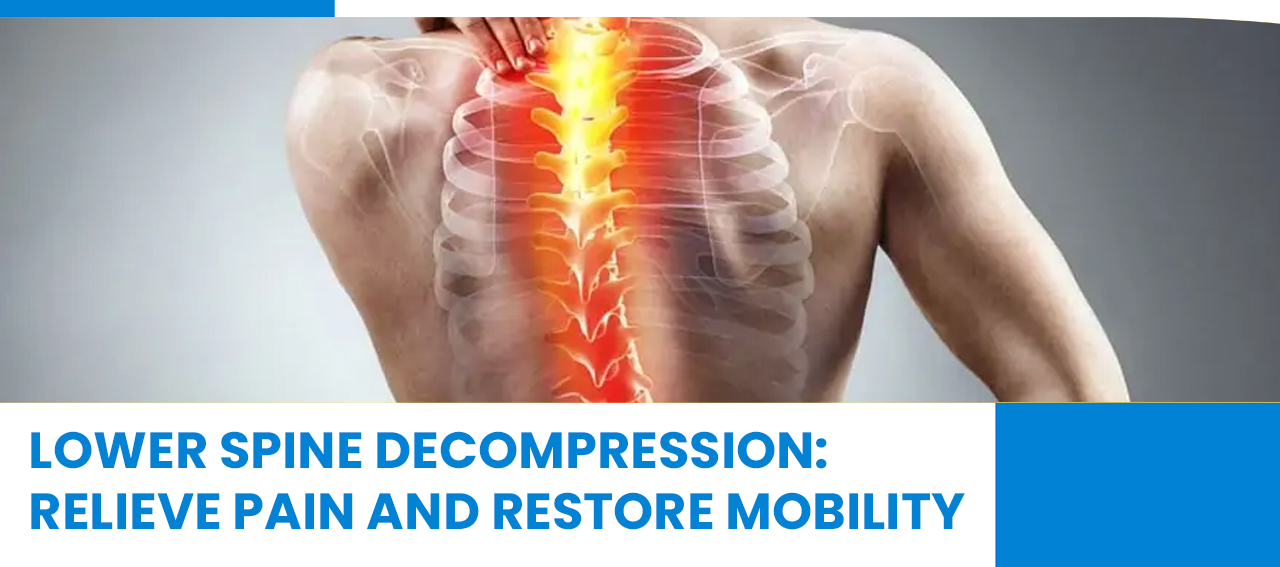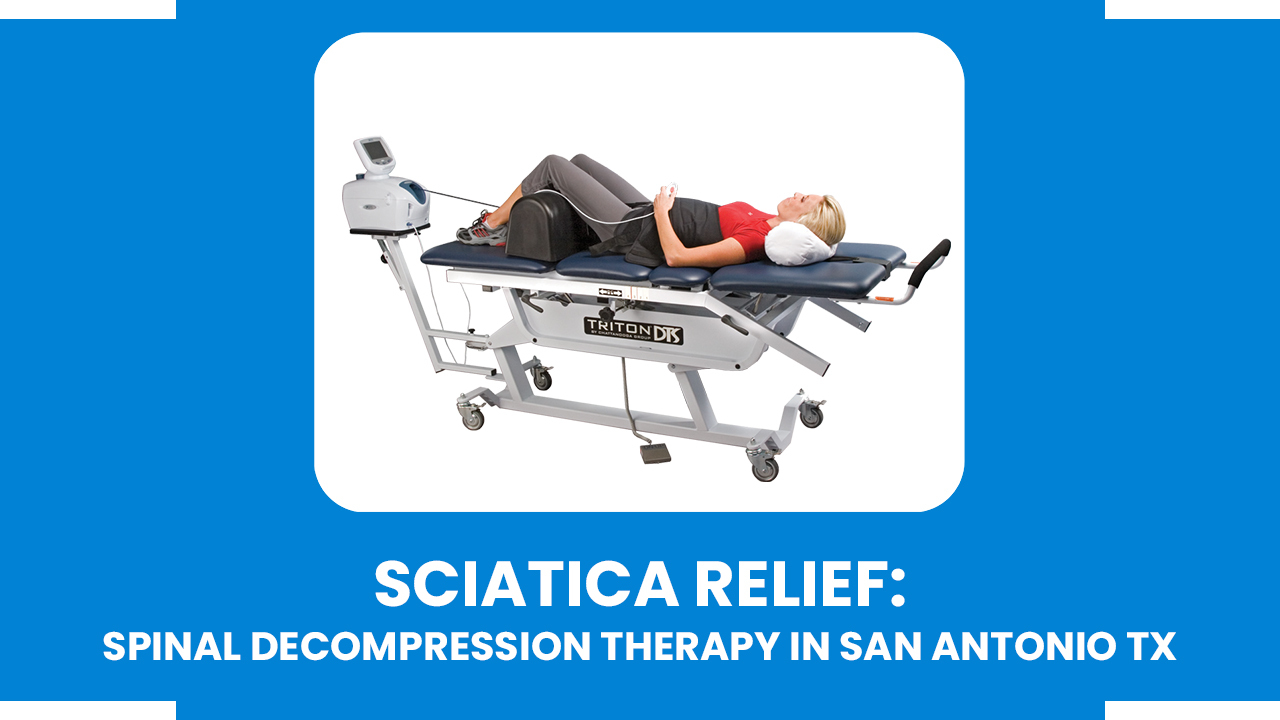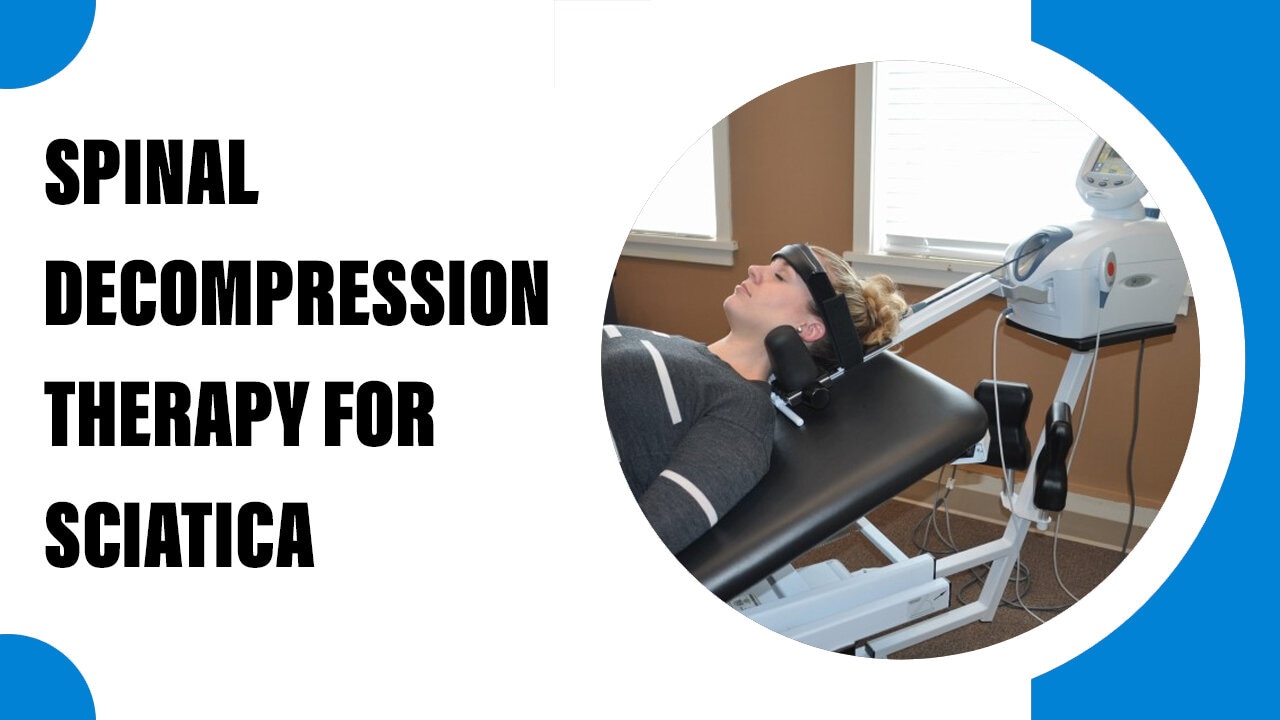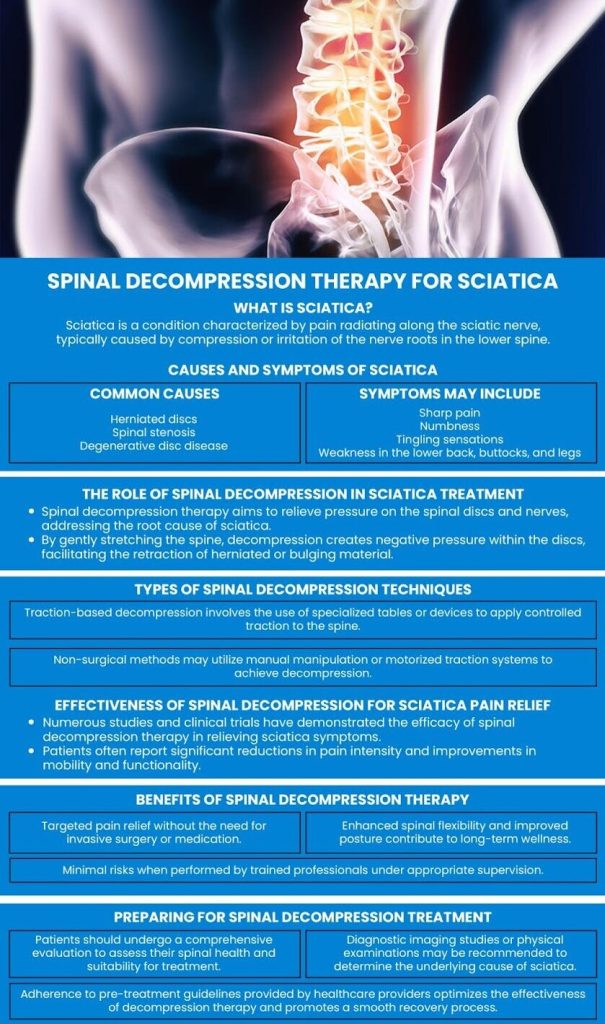Non invasive spinal decompression is a therapeutic technique aimed at relieving pressure on the spinal discs and nerves without the need for surgery. It holds significant importance in addressing a range of spinal conditions, including herniated discs, degenerative disc disease, spinal stenosis, and sciatica, among others. Through gentle traction and decompression, this approach helps alleviate pain, improve mobility, and enhance overall spinal health. Various non-invasive techniques, such as spinal decompression machines, traction therapy, and manual therapy, are employed to achieve these outcomes. This method offers a safer alternative to surgical interventions, minimizing risks and complications while providing cost-effective treatment options for individuals seeking relief from spinal discomfort.
Understanding Spinal Decompression
Spinal compression occurs when the spinal discs, which act as cushions between the vertebrae, become compressed due to factors like poor posture, injury, or aging. This compression can lead to various effects, such as pain, numbness, tingling sensations, and reduced mobility as it puts pressure on the spinal nerves. Non invasive spinal decompression utilizes mechanisms like traction therapy to gently stretch the spine, creating space between the vertebrae and allowing the discs to retract. Unlike surgical methods, which involve invasive procedures like spinal fusion or discectomy, non-invasive decompression techniques do not require incisions or anesthesia. They offer a more conservative approach to treating spinal issues, with fewer risks and shorter recovery times, making them an appealing option for individuals seeking relief from spinal discomfort without undergoing surgery.

Benefits Of Non Invasive Spinal Decompression
Non-surgical spinal decompression offers several significant benefits for individuals experiencing spinal discomfort. Firstly, it provides effective pain relief and enhances mobility by alleviating pressure on the spinal discs and nerves. This reduction in pressure can lead to decreased pain levels and improved range of motion, allowing individuals to engage in daily activities more comfortably. Additionally, non-invasive techniques minimize risks and complications compared to surgical options. Since these methods do not involve incisions or anesthesia, there is a lower risk of infection, bleeding, and other post-operative complications. Moreover, non-surgical spinal decompression is often more cost-effective than surgical procedures. Without the expenses associated with hospital stays, anesthesia, and rehabilitation, individuals can receive treatment at a lower overall cost, making it a more accessible option for those seeking relief from spinal issues.
Conditions Treated With Non-Surgical Spinal Decompression
Non invasive spinal decompression is a versatile treatment approach that can effectively address various spinal conditions.
- One common condition treated with this method is herniated discs, where the spinal discs protrude or bulge out of place, causing pain and discomfort.
- Additionally, non-invasive decompression is beneficial for degenerative disc disease, a condition characterized by the breakdown of spinal discs over time, leading to pain and stiffness.
- Spinal stenosis, a narrowing of the spinal canal that puts pressure on the nerves, can also be managed with non-invasive techniques.
- Sciatica, which results from compression of the sciatic nerve, causing pain that radiates down the leg, can find relief through spinal decompression.
- Moreover, other related conditions, such as facet joint syndrome and spondylolisthesis, can also be effectively treated using non-surgical spinal decompression methods, offering a comprehensive solution for individuals suffering from various spinal issues.
Techniques And Technologies Used
Non invasive spinal decompression utilizes a range of techniques and technologies to effectively relieve pressure on the spine and alleviate associated symptoms. Spinal decompression machines play a crucial role in this process by employing computer-controlled traction to gently stretch the spine and create space between the vertebrae, allowing the discs to decompress. Traction therapy, another common technique, involves the application of controlled force to the spine to reduce compression and improve spinal alignment. Additionally, manual therapy techniques such as spinal manipulation and mobilization may be incorporated to further enhance the effects of decompression therapy. Patient positioning and protocols are also essential aspects of non-surgical spinal decompression, ensuring optimal alignment and comfort during treatment sessions. By combining these techniques and technologies, practitioners can customize treatment plans to address individual needs and provide effective relief for various spinal conditions.

Treatment Process
The treatment process for non invasive spinal decompression begins with an initial assessment and diagnosis, during which the healthcare provider evaluates the patient’s medical history, conducts physical examinations, and may perform imaging tests such as X-rays or MRI scans to determine the underlying spinal condition. Based on this assessment, a customized treatment plan is developed to address the individual needs and goals of the patient. The frequency and duration of treatment sessions are then determined, typically ranging from several sessions per week over a few weeks to several months, depending on the severity of the condition and the response to treatment. Throughout the treatment process, progress is monitored, with periodic evaluations to assess the effectiveness of the therapy and make any necessary adjustments to the treatment plan. This comprehensive approach ensures that patients receive personalized care and optimal outcomes from non-surgical spinal decompression therapy.
Safety And Considerations
Safety is paramount in non-surgical spinal decompression therapy, and several considerations must be taken into account. Patient eligibility and contraindications are carefully assessed before initiating treatment to ensure that individuals with certain conditions, such as severe osteoporosis, spinal fractures, or pregnancy, are not at risk of complications. Potential side effects, although rare, may include temporary muscle soreness or discomfort during or after treatment, which typically resolves on its own. Precautions, such as avoiding sudden movements or excessive force during sessions, are taken to minimize the risk of exacerbating existing spinal issues. Practitioners administering spinal decompression therapy must have the necessary professional qualifications and certifications, such as chiropractors, physical therapists, or medical doctors with specialized training in spinal care. By adhering to strict safety protocols and employing qualified practitioners, patients can undergo Non-surgical spinal decompression therapy with confidence in its efficacy and safety.

Research And Evidence
Research and evidence play a vital role in validating the effectiveness of Non-surgical spinal decompression therapy. Clinical studies have consistently demonstrated its efficacy in relieving pain and improving functional outcomes for various spinal conditions. These studies often involve randomized controlled trials and systematic reviews, providing robust evidence to support the use of spinal decompression as a safe and effective treatment option. Additionally, patient testimonials and outcomes offer valuable insights into the real-world experiences of individuals undergoing spinal decompression therapy, further corroborating its benefits. However, there are still areas for further research and advancement in this field. Future research could examine the effects of spinal decompression therapy over the long term, the best course of care for particular spinal conditions, and how to use cutting-edge technologies to improve patient outcomes. By continuing to build upon existing research and innovation, Non-surgical spinal decompression therapy can evolve to meet the evolving needs of patients and healthcare providers alike.

Conclusion
In conclusion, non invasive spinal decompression therapy offers a host of benefits and has proven to be effective in relieving pain, improving mobility, and enhancing overall spinal health. Through techniques such as traction therapy and spinal decompression machines, individuals can experience significant relief from spinal conditions without the need for surgery. This therapy presents a compelling alternative for those hesitant about undergoing invasive procedures, providing a safer and more conservative approach to spinal care. As we look to the future, there are exciting prospects for further advancements in non-invasive spinal care. Continued research and innovation hold the potential to refine treatment protocols, expand the range of conditions that can be effectively treated, and improve outcomes for patients worldwide. With its proven benefits and ongoing advancements, Non-surgical spinal decompression therapy stands poised to continue making a meaningful impact on spinal health and overall well-being.
Experience pain relief and improved mobility with South Texas Spine & Joint Institute’s active spinal decompression treatments. Say goodbye to discomfort without surgery. Schedule your consultation today and take the first step towards a healthier spine and a happier life!
